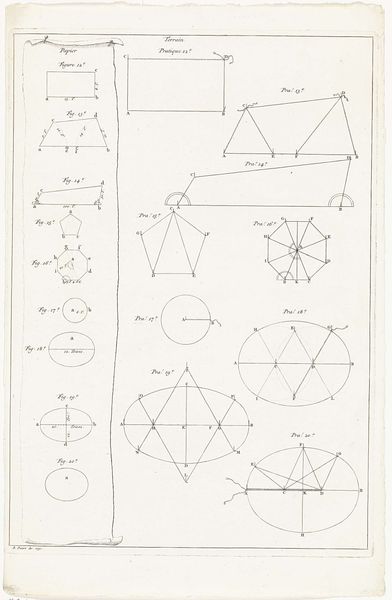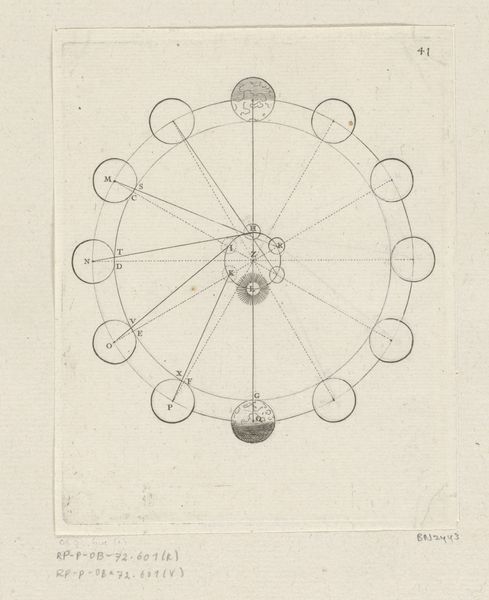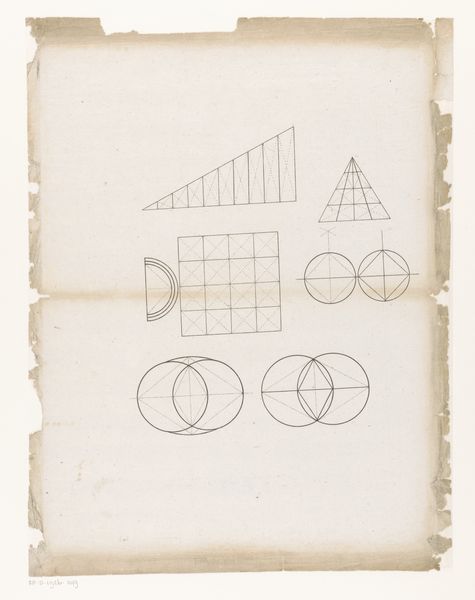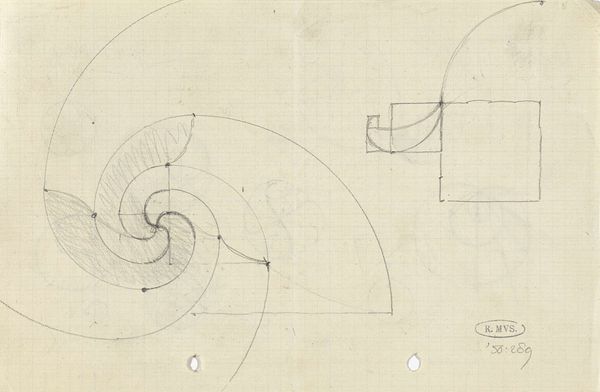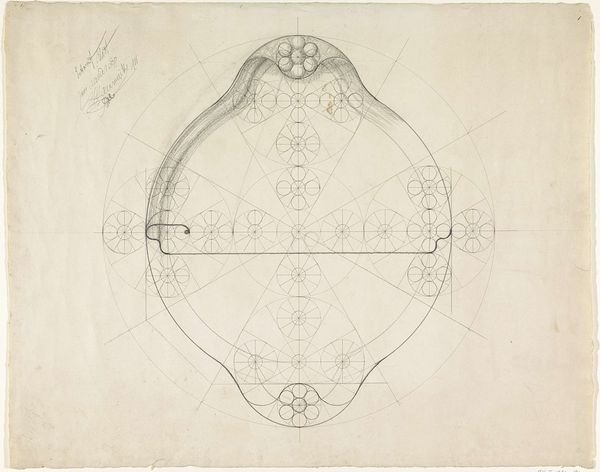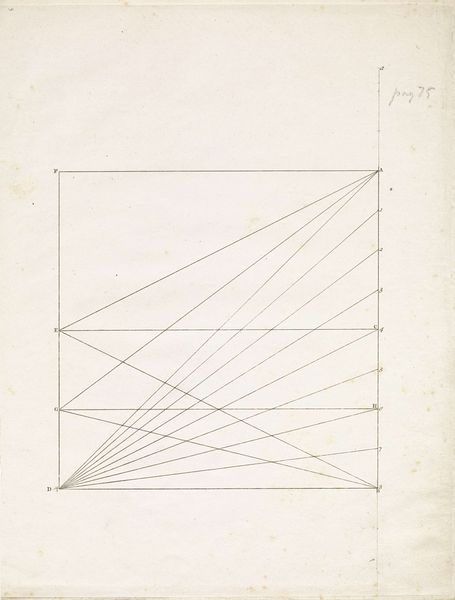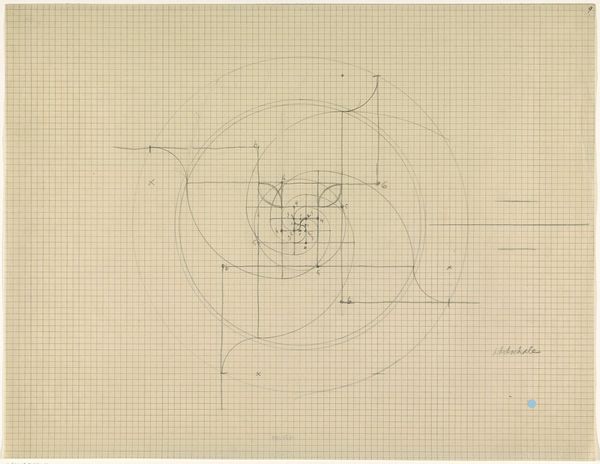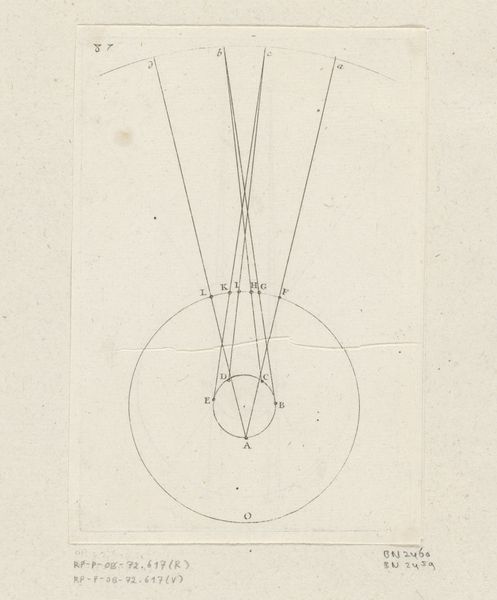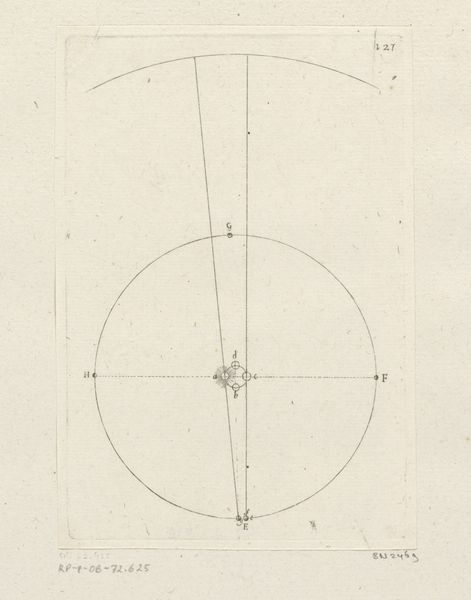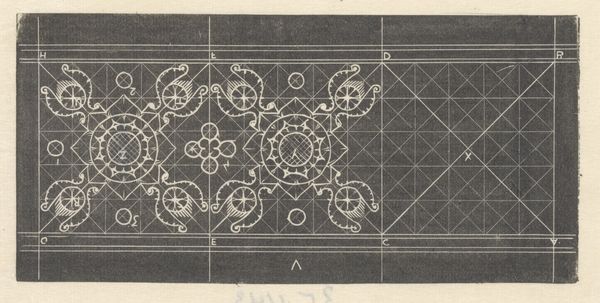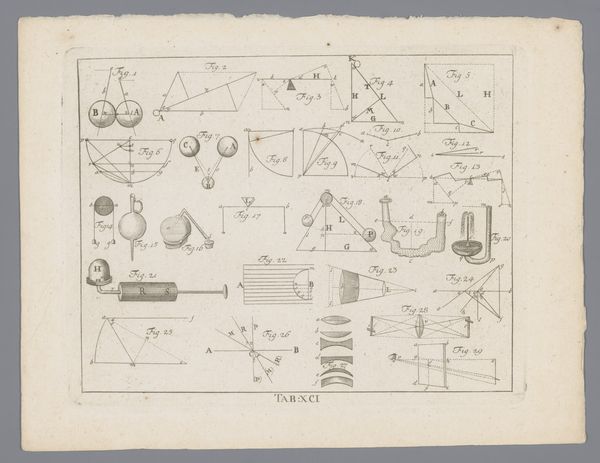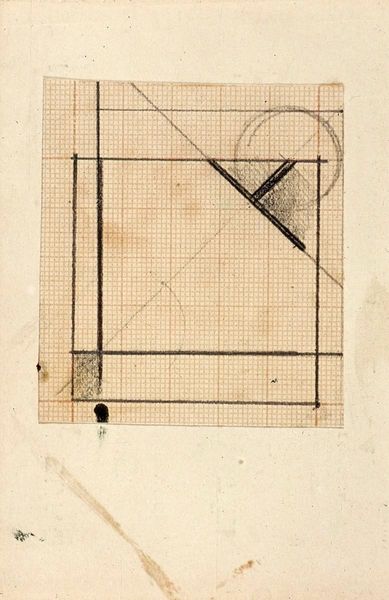
drawing, graphite, engraving
#
drawing
#
baroque
#
form
#
geometric
#
line
#
graphite
#
academic-art
#
engraving
Dimensions: height 231 mm, width 337 mm
Copyright: Rijks Museum: Open Domain
Curator: At first glance, I’m struck by the sheer intellectual austerity of this image. It presents itself so plainly, a symphony of lines, circles, and angles. Editor: Precisely! This sheet, titled "Blad met meetkundige figuren," or "Sheet with Geometric Figures," was created around 1654 by Hendrick Baron van Ruse van Rysensteen. It's an engraving that provides us a glimpse into the world of Baroque mathematical illustration. Curator: Baroque, yes, but divorced from its usual opulent drama. Here, the drama is internalized—the image feels almost monastic, dedicated to a higher, perhaps Platonic, order. I see forms within forms, figures intersecting like puzzle pieces or a secret symbolic language. Editor: The Baroque era, even within its artistic flair, saw a rise in scientific pursuits, which profoundly impacted how people perceived the world. Visual representations played a critical role in disseminating this knowledge. The very act of diagramming these complex shapes, almost like spells, would allow the common spectator some comprehension, as each element fits a specific cultural need. Curator: They aren't simply shapes but idealized concepts; each point and curve embodies potential narratives. The circle as wholeness, the triangle representing stability, each one echoing ancient symbolism embedded deep within the collective psyche. How do we reconcile art's creative freedom with geometrical constraint? It creates a paradoxical experience, it allows us as humans, to want to push the limits. Editor: That’s the magic here, isn’t it? We view geometric representation as rigid, objective, and free of socio-political influence. However, through line style, and how they are constructed here on the sheet, Van Ruse reveals an implicit framework tied to education and aristocracy. I argue it becomes part of a system defining learned elites and how to read. Curator: And to possess. The careful arrangement is key. It is like looking at a page from a sacred manuscript. The order seems important beyond simply presenting geometrical proofs, inviting deeper consideration, echoing down through historical memory. I can sense a desire to uncover profound meaning. Editor: Ultimately, Hendrick Baron van Ruse van Rysensteen gives us not just geometry, but a statement about how art and science are inextricably linked in the collective consciousness. Curator: Indeed. An aesthetic dance in service of reason, and reason becoming beautiful in its own right.
Comments
No comments
Be the first to comment and join the conversation on the ultimate creative platform.

